Introduction to Large Morel Mushrooms
Morel mushrooms (Morchella species) are among the most coveted wild edibles in the world, prized by foragers, chefs, and food enthusiasts for their distinctive honeycomb appearance and rich, nutty flavor. While all morels are treasured finds, there's something particularly spectacular about discovering large morel mushrooms—those exceptional specimens that stand well above the average in size. These mycological giants represent not just a culinary windfall but also a source of pride and excitement for mushroom hunters lucky enough to stumble upon them.
Large morels, sometimes called "monster morels" by enthusiastic foragers, can reach impressive dimensions that dwarf their more common counterparts. While typical morels might measure 2-4 inches in height, truly large specimens can reach heights of 8-15 inches with substantial circumferences to match. These impressive fungi emerge under specific environmental conditions that promote exceptional growth, making them relatively rare and highly celebrated discoveries.
This comprehensive guide explores everything you need to know about large morel mushrooms, from understanding what makes them grow to exceptional sizes to finding, identifying, and enjoying these springtime treasures. Whether you're an experienced forager or a curious newcomer to the world of wild mushrooms, the allure of these magnificent fungi makes them a fascinating subject worthy of exploration.

Record-Breaking Morel Specimens
Notable Large Morel Discoveries
Some of the most impressive large morel mushrooms ever documented include:
-
Iowa Giant: In 2016, Kelly Young found what the Iowa Department of Natural Resources described as the biggest morel they'd ever seen, measuring 15 inches tall with a 14-inch circumference and weighing 1.5 pounds.
-
Missouri Monsters: Charlie Ware discovered an extraordinary specimen in 2016 in Washington County that stood 12 inches tall with a cap measuring 13 inches in diameter.
-
West Virginia Wonder: Jasi Butler found a remarkable morel in 2020 under a dying elm tree that measured 11 inches tall after being cut, with a 15-inch circumference, weighing nearly a pound.
-
Ohio Colossus: Chris Ranger discovered an exceptionally large morel in Ohio in 2020 that joined the ranks of record-sized specimens.
-
Georgia Giant: Noted morel expert Chris Matherly documented finding a 13-inch specimen in Georgia in 2010, demonstrating that large morels can be found across various regions.
These record specimens represent extreme examples of what's possible when conditions align perfectly for morel growth.
What Makes a Morel "Large"?
Size classification for morel mushrooms:
- Standard morels: Typically 2-4 inches in height
- Large morels: Generally considered to be 5-8 inches tall
- Monster morels: Exceptional specimens over 8 inches in height
- Record breakers: Rare finds exceeding 12 inches tall
While height is often the primary measurement used to classify large morels, circumference and weight are also important factors. Truly impressive specimens often combine significant height with substantial girth and substantial weight.
Species Most Likely to Produce Large Specimens
Yellow Morel Group (Morchella esculenta complex)
Several species within the yellow morel group are known for producing larger specimens:
- Morchella americana: Common in eastern North America, this yellow morel can reach substantial sizes in optimal conditions
- Morchella esculentoides: Another yellow species found throughout North America that sometimes produces large specimens
- Morchella cryptica: A yellow morel species that can grow particularly large in the right conditions
Yellow morels tend to have thicker stems and more substantial caps than black morels, contributing to their potential for larger overall size.
Black Morel Group (Morchella elata complex)
Some black morel species known to occasionally produce large specimens:
- Morchella angusticeps: This eastern black morel can sometimes reach impressive dimensions
- Morchella tomentosa: The "gray" or "burn" morel associated with forest fires occasionally produces very large specimens
- Morchella snyderi: Western black morel that can grow quite large under optimal conditions
While black morels are generally smaller than yellow morels on average, exceptional specimens can still reach impressive sizes.
The Opportunistic Morel (Morchella rufobrunnea)
This unique morel species deserves special mention:
- Often called the "opportunistic morel" due to its ability to grow in non-traditional morel habitats
- Can produce exceptionally large specimens, sometimes reaching 6 inches in cap length alone
- Features a distinctively swollen stem base and ladder-like appearance
- More common in California and the West Coast but expanding its range
- The primary species used in cultivation efforts due to its adaptable nature
This species represents one of the best opportunities to find truly large morel specimens, particularly in disturbed environments.
Environmental Factors That Promote Large Growth
Optimal Growing Conditions
Several factors contribute to the development of exceptionally large morels:
- Extended growing period: Consistent warm days and cool nights that stretch over a longer period
- Ideal soil temperature: Ground temperature between 50-65°F (10-18°C) sustained for several weeks
- Moisture balance: Consistent moisture without waterlogging
- Nutrient-rich soil: High organic matter content and beneficial microbial activity
- Limited competition: Areas with reduced competition from other fungi or plants
These factors working in combination create the ideal circumstances for morels to reach their maximum size potential.
Tree Associations
Certain tree relationships appear to promote larger morel growth:
- Dead and dying elms: Many of the largest documented morels have been found near recently deceased elm trees
- Old apple orchards: Abandoned orchards with aging trees often produce substantial specimens
- Mature ash trees: Particularly those affected by emerald ash borer
- Large cottonwoods: Especially in river bottoms and floodplains
- Tulip poplars: Associated with large yellow morels in eastern forests
The symbiotic or saprophytic relationships between morels and these trees seem to provide exceptional nutrient access that supports larger growth.
Timing and Seasonal Influences
Understanding when large morels are most likely to appear:
- Mid to late season emergence: The largest specimens typically appear in the middle to later part of the local morel season
- After soil warming: When ground temperatures have been consistently favorable for several weeks
- Following gentle rains: Periods after moderate rainfall but not flooding
- Cumulative growing degree days: Areas that have accumulated 750-950 GDD (base 50°F) often produce larger specimens
- Extended favorable conditions: Unusually long stretches of ideal temperature and moisture
Patience in the morel season often rewards foragers with larger specimens as the season progresses.
Finding Large Morel Mushrooms
Habitat Selection
Where to focus your search for potentially large specimens:
- River bottoms and floodplains: Especially around mature cottonwoods and sycamores
- Old apple orchards: Particularly those with aging or dying trees
- Around dead or dying elms: Especially 1-3 years after tree death
- South-facing slopes: Later in the season when they've had extended warming
- Areas with rich, loamy soil: Places with high organic matter content
- Forest edges and openings: Where sunlight penetration is moderate but not intense
These habitats consistently produce some of the largest morel specimens when conditions align properly.
Hunting Strategies
Specialized approaches for finding large morels:
- Return to productive spots: Areas that have produced large morels before often do so again
- Search wider areas: Large morels may be growing alone rather than in clusters
- Look later in season: Be willing to hunt later in the season than most foragers
- Check warmer microclimates: South-facing slopes and sun-warmed areas
- Focus on tree associations: Particularly dying elms, ash, and old apple trees
- Go deeper into less-hunted areas: Travel further from easy access points
Sometimes finding large morels requires venturing where other foragers haven't looked or returning to areas later than most hunters would consider.
Visual Recognition Tips
How to spot large morels in the field:
- Scan at multiple heights: Large morels may stand taller than the leaf litter
- Look for distinctive patterns: The honeycomb pattern may be visible from a distance
- Search for disrupted leaf litter: Large emerging morels often push aside the forest floor
- Check slightly different angles: Sometimes large specimens are more visible from certain perspectives
- Identify "indicator plants: Certain spring ephemerals often appear alongside large morels
Developing an eye for spotting large morels comes with experience but can be cultivated with practice.

Harvesting and Handling Large Specimens
Proper Collection Techniques
Special considerations when harvesting large morels:
- Cut don't pull: Use a sharp knife to cut the stem at or slightly above ground level
- Support the cap: Particularly with large specimens to prevent breakage
- Examine thoroughly: Check for insects and other inhabitants before collection
- Transport carefully: Use rigid containers or mesh bags to prevent crushing
- Clean in the field: Brush away major debris before placing in collection bag
Large morels are more prone to damage than smaller specimens due to their size and weight, so extra care is warranted.
Cleaning Large Morels
Special techniques for cleaning oversized specimens:
- Initial brush cleaning: Use a soft mushroom brush or paintbrush for initial cleaning
- Inspecting hollow interiors: Check the larger cavity for insects and debris
- Slicing for inspection: Consider cutting very large specimens lengthwise for thorough examination
- Soaking techniques: Brief salt water soaks to remove insects from honeycomb structure
- Drying methods: Patting dry with paper towels rather than rinsing for extended periods
The complex honeycomb structure of large morels can harbor more inhabitants and debris than smaller specimens, requiring more thorough cleaning.
Preservation Options
Methods particularly suited for large morel specimens:
- Slicing and drying: Cut into uniform slices before dehydrating
- Portion freezing: After cooking, freeze in meal-sized portions
- Pickling options: Large morels can be pickled whole or sliced
- Powder creation: Dried large morels can be ground into flavorful powder
- Oil infusions: Create concentrated flavor oils from dried large specimens
The substantial volume of large morels often necessitates preservation for future use, as they may provide more than can be consumed fresh.
Culinary Uses for Large Morel Mushrooms
Cooking Methods Suited to Large Specimens
Techniques that showcase the unique qualities of large morels:
- Stuffing: The larger cavity makes them perfect candidates for various stuffing preparations
- Grilling whole: Their substantial size allows them to withstand direct grilling
- Slicing for sautés: Cut into uniform slices for even cooking in sautés
- Morel steaks: Thick slices of large specimens can be treated similar to meat cuts
- Roasting whole: Larger specimens maintain their structure during roasting
The substantial size of large morels opens up cooking possibilities that aren't practical with smaller specimens.
Signature Recipes
Classic preparations highlighting large morels:
Stuffed Giant Morels Large morels filled with a mixture of herbs, breadcrumbs, and complementary ingredients, then baked until tender.
Morel Medallions Thick slices of large morels pan-seared and served as the centerpiece of a dish rather than as an accompaniment.
Whole Roasted Monster Morels Intact large specimens roasted with herbs, butter, and wine to concentrate their flavors while maintaining their impressive structure.
Grilled Morel "Steaks" Substantial slices of large morels grilled and served as the main protein on a plate rather than as a side dish.
Showcase Morel Platter Presenting particularly impressive specimens as the centerpiece of a mushroom-focused meal, prepared simply to highlight their natural attributes.
Flavor Profile Considerations
How size affects the culinary experience:
- Texture differences: Larger specimens often have a meatier, more substantial texture
- Flavor intensity: Many foragers believe larger morels have more concentrated flavor
- Cooking time variations: Require longer cooking times due to increased thickness
- Moisture content: May contain more internal moisture that affects cooking techniques
- Presentation impact: The visual impression of exceptionally large specimens enhances the dining experience
Understanding these differences helps adapt cooking approaches to maximize the potential of large morels.
The Science Behind Giant Morels
Growth Mechanisms
What science tells us about exceptional morel growth:
- Nutrient accumulation: Access to abundant nutritional resources from tree relationships
- Mycelial network age: Older, established mycelial networks may produce larger fruiting bodies
- Optimal environmental triggers: Perfect combination of temperature, moisture, and timing
- Genetic factors: Certain strains may have genetic predispositions toward larger size
- Reduced competition: Less competition from other fungi may allow more resources for growth
These factors likely work in combination rather than independently to produce exceptionally large specimens.
Genetic Considerations
The role of genetics in large morel development:
- Species variation: Certain Morchella species naturally tend toward larger sizes
- Local adaptation: Morel populations may develop regional size tendencies
- Strain differences: Specific genetic strains within species may produce larger specimens
- Hybridization possibilities: Some research suggests hybridization between species may influence size
- Selection pressure: Environmental factors may select for larger-fruiting genetic lines in some areas
Genetic research on morels continues to evolve, providing new insights into size potential among different populations.
Research Developments
Current scientific understanding of large morel development:
- Cultivation breakthroughs: Research in controlled cultivation is revealing factors that influence size
- DNA analysis: Modern genetic techniques are clarifying species distinctions and growth potential
- Climate impact studies: Research on how changing climate patterns affect morel size and distribution
- Tree relationship research: Deeper understanding of how tree associations influence morel growth
- Soil microbiome studies: Emerging research on how soil bacteria and fungi influence morel development
Scientific interest in morels continues to grow, particularly as cultivation techniques improve and genetic understanding deepens.

Cultural and Community Aspects
Morel Size Competitions
How large morels feature in community events:
- Festival competitions: Many morel festivals feature contests for the largest specimen
- Online communities: Social media groups where foragers share and compare large finds
- State records: Some states maintain unofficial or official records for largest documented specimens
- Photographic evidence: The importance of properly documented measurements and photographs
- Friendly rivalry: The good-natured competition among foragers to find the most impressive specimens
These competitions foster community while also documenting exceptional specimens for the historical record.
Folklore and Traditions
Cultural aspects surrounding large morel finds:
- Lucky spots: Traditional beliefs about locations that consistently produce large specimens
- Weather signs: Folk wisdom about weather patterns that precede monster morel emergence
- Family traditions: Multi-generational knowledge passed down about finding large morels
- Celebration rituals: Special meals or traditions to honor particularly impressive finds
- Storytelling elements: How exceptional finds become part of personal and community narratives
The discovery of exceptionally large morels often becomes woven into the rich tapestry of foraging folklore and tradition.
Ethical Considerations
Responsible approaches to large specimen discovery:
- Photographic documentation: Capturing images before harvesting
- Selective harvesting: Considering whether to harvest or leave for spore dispersal
- Knowledge sharing: Finding balance between sharing information and protecting locations
- Sustainable practices: Ensuring harvesting methods don't damage the mycelium or habitat
- Scientific contribution: When appropriate, documenting finds for research purposes
Ethical foragers consider the broader implications of harvesting particularly exceptional specimens.
Conclusion: The Enduring Appeal of Large Morels
The allure of finding exceptionally large morel mushrooms goes beyond their culinary value. These natural wonders represent a perfect alignment of environmental factors, fungal biology, and forager's luck. For many mushroom enthusiasts, discovering a truly massive morel becomes a memorable life experience—a story to share for years to come and a benchmark against which future finds are measured.
Whether you're a dedicated forager seeking your own record specimen or simply an admirer of nature's remarkable diversity, large morel mushrooms exemplify the wonder and surprise the natural world still offers. Their brief seasonal appearance, distinctive appearance, and unmatched flavor make them particularly special among wild edibles.
As you venture into the woods during morel season, keep your eyes open for these mycological giants. While most of your finds may be of average size, the possibility always exists that around the next tree or over the next hill, an extraordinary large morel specimen awaits discovery—a reminder of nature's capacity to amaze and delight those patient enough to seek its treasures.

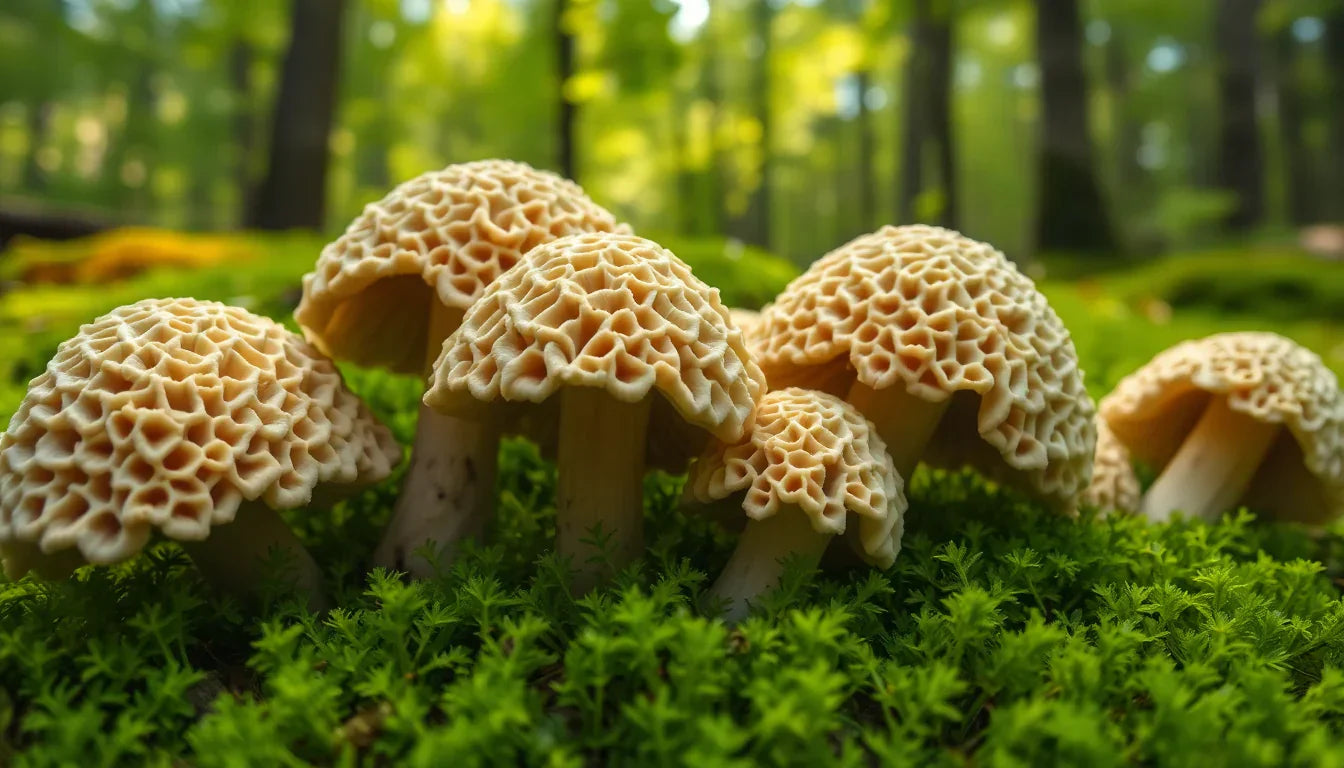
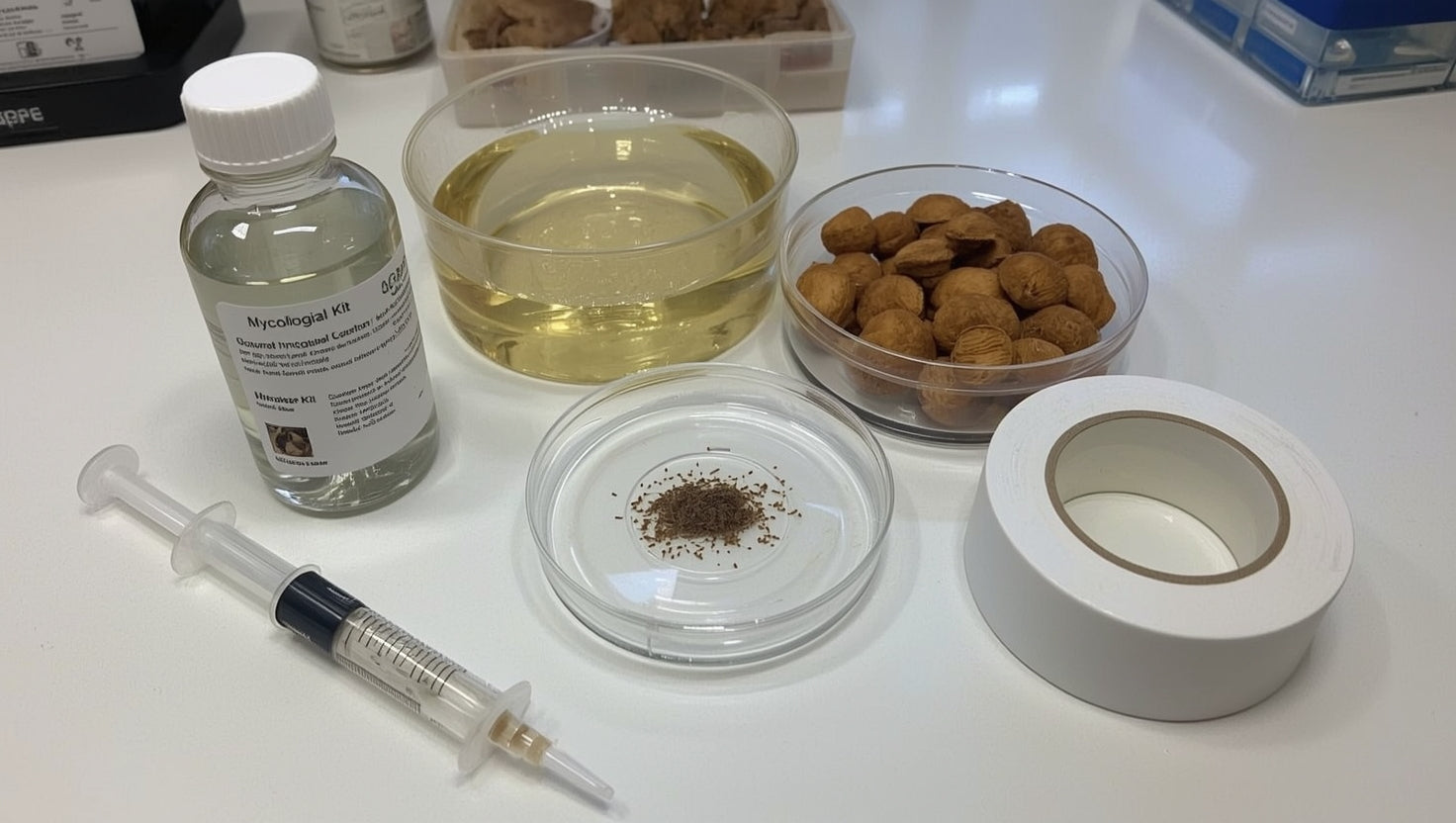
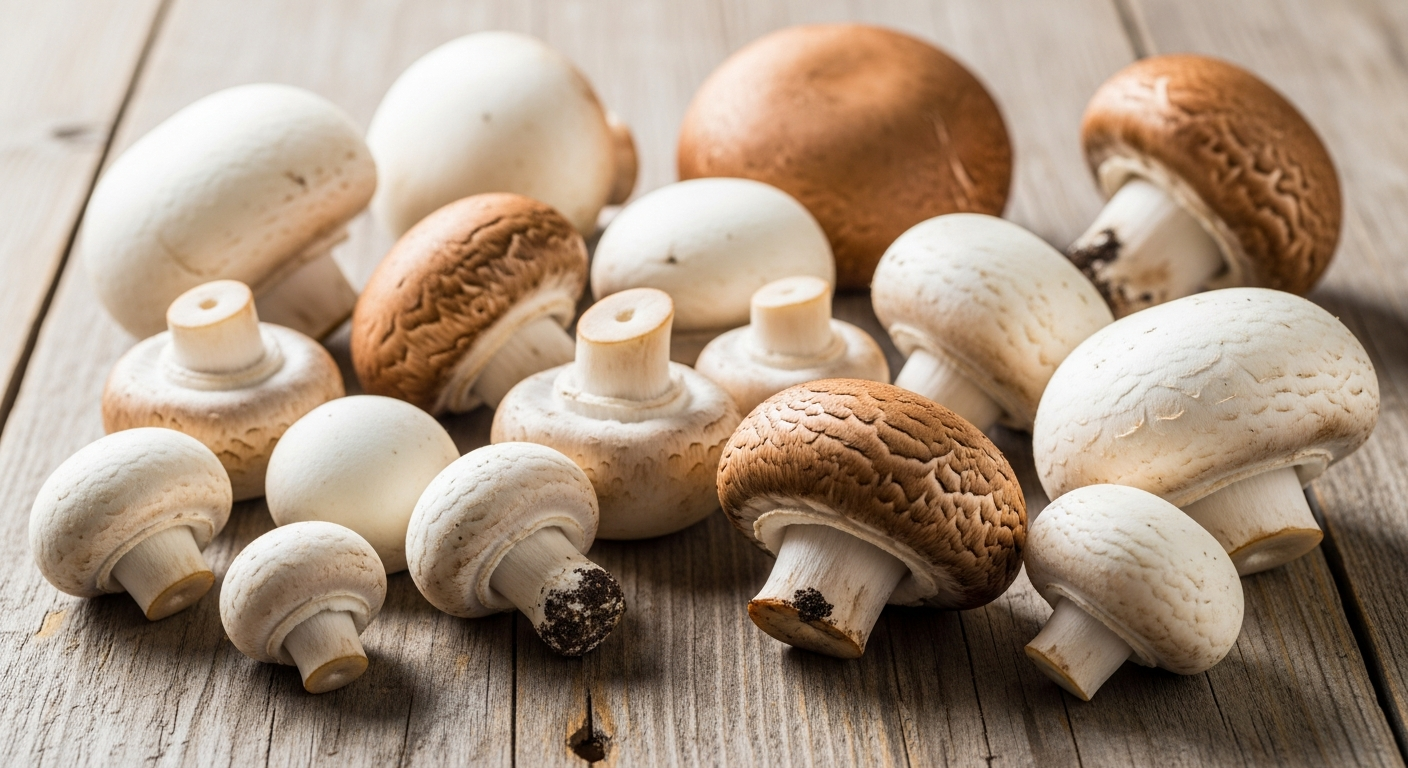
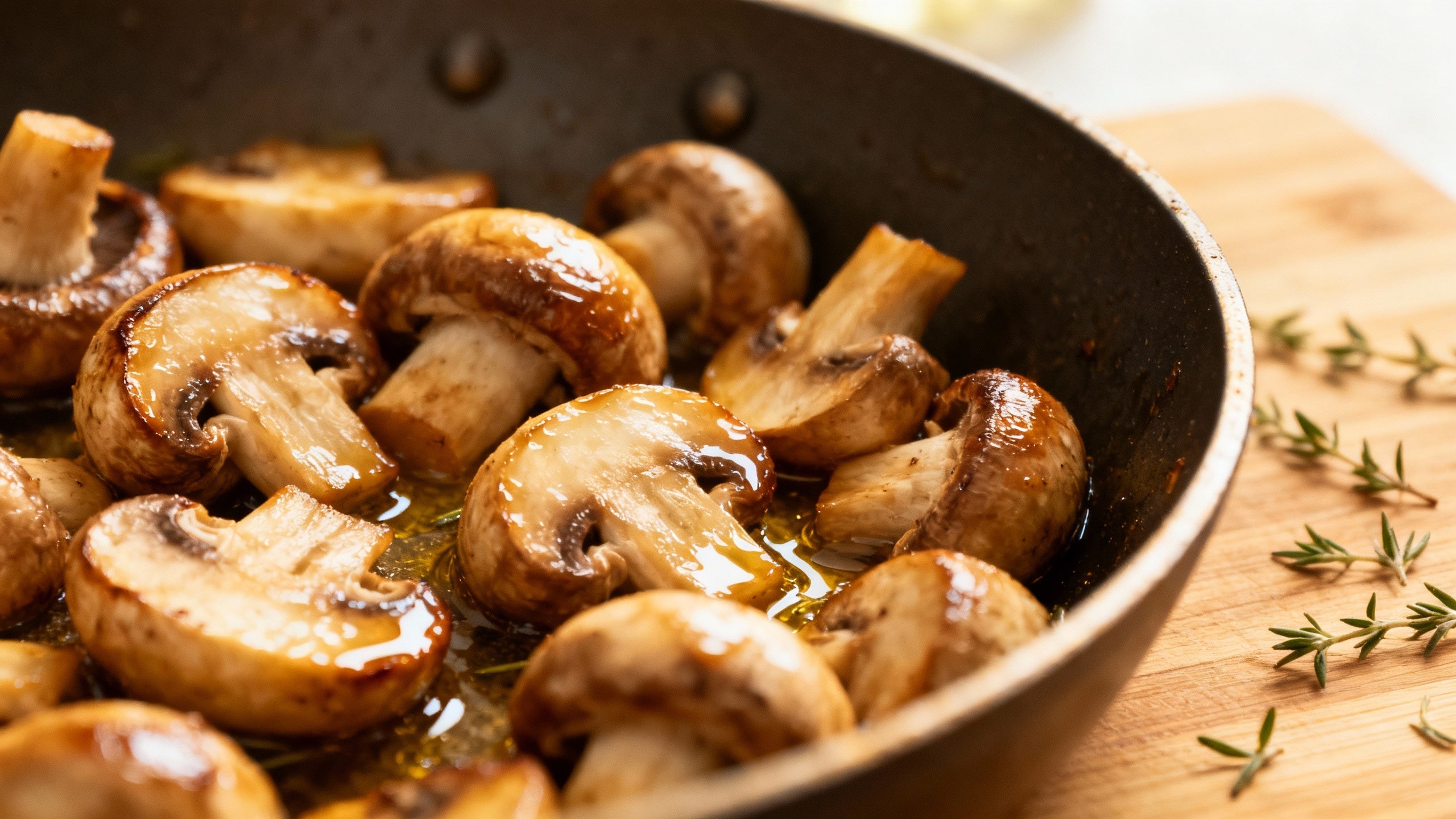

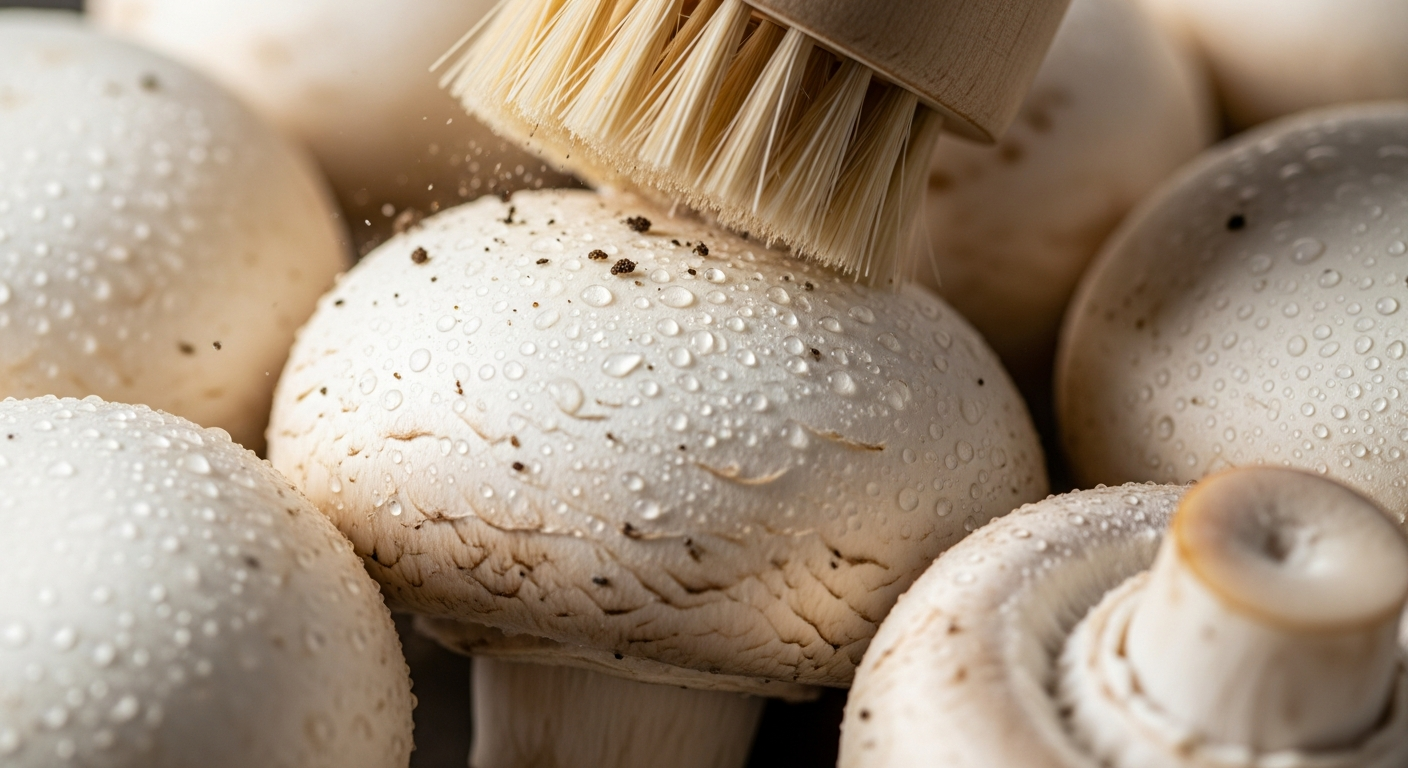
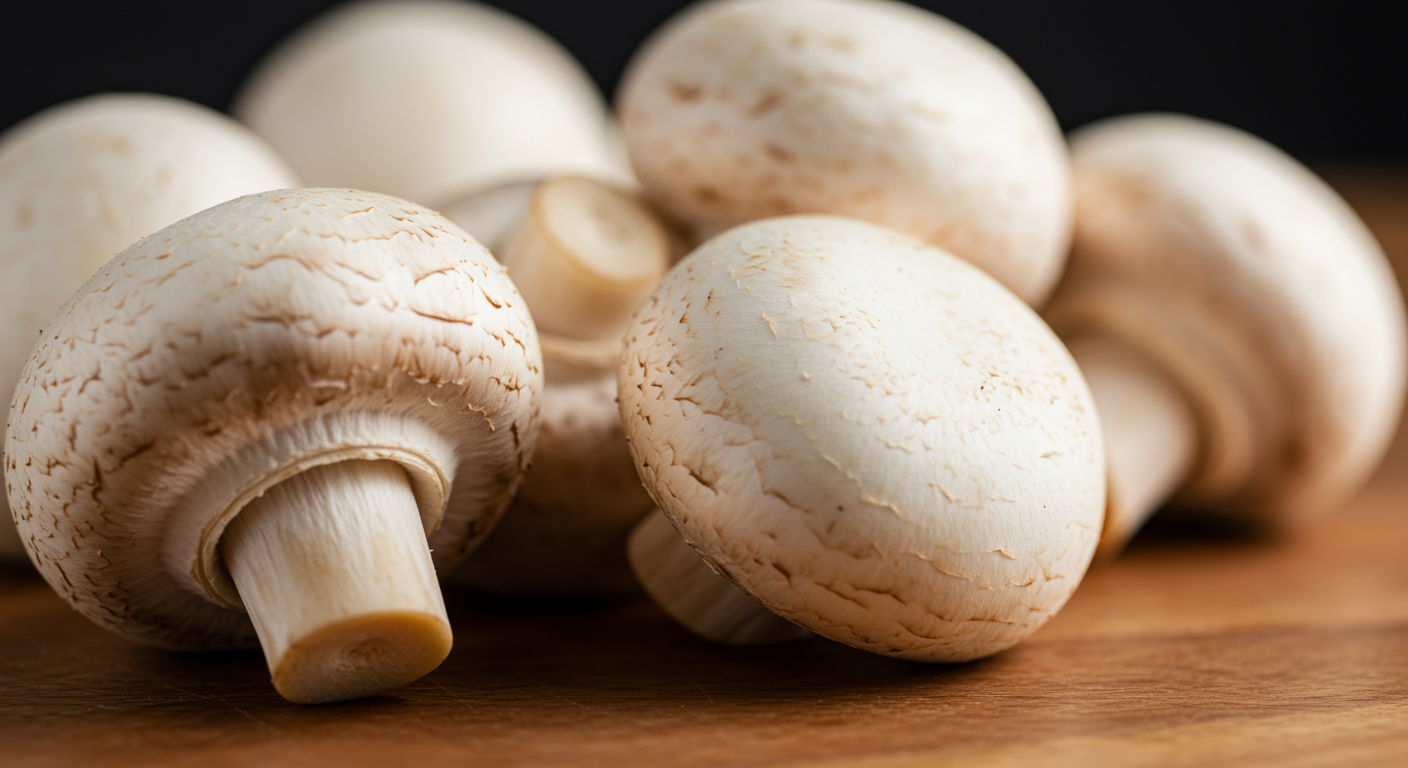
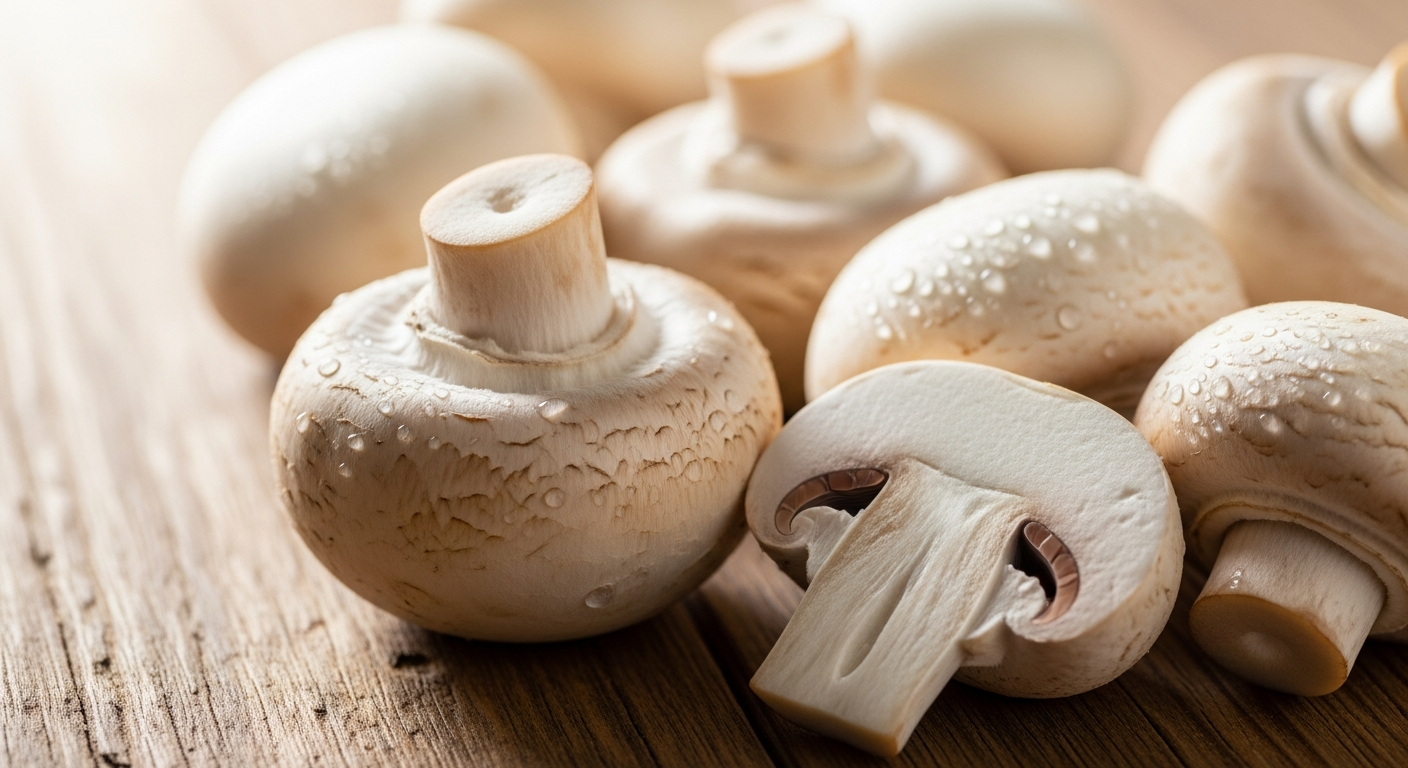
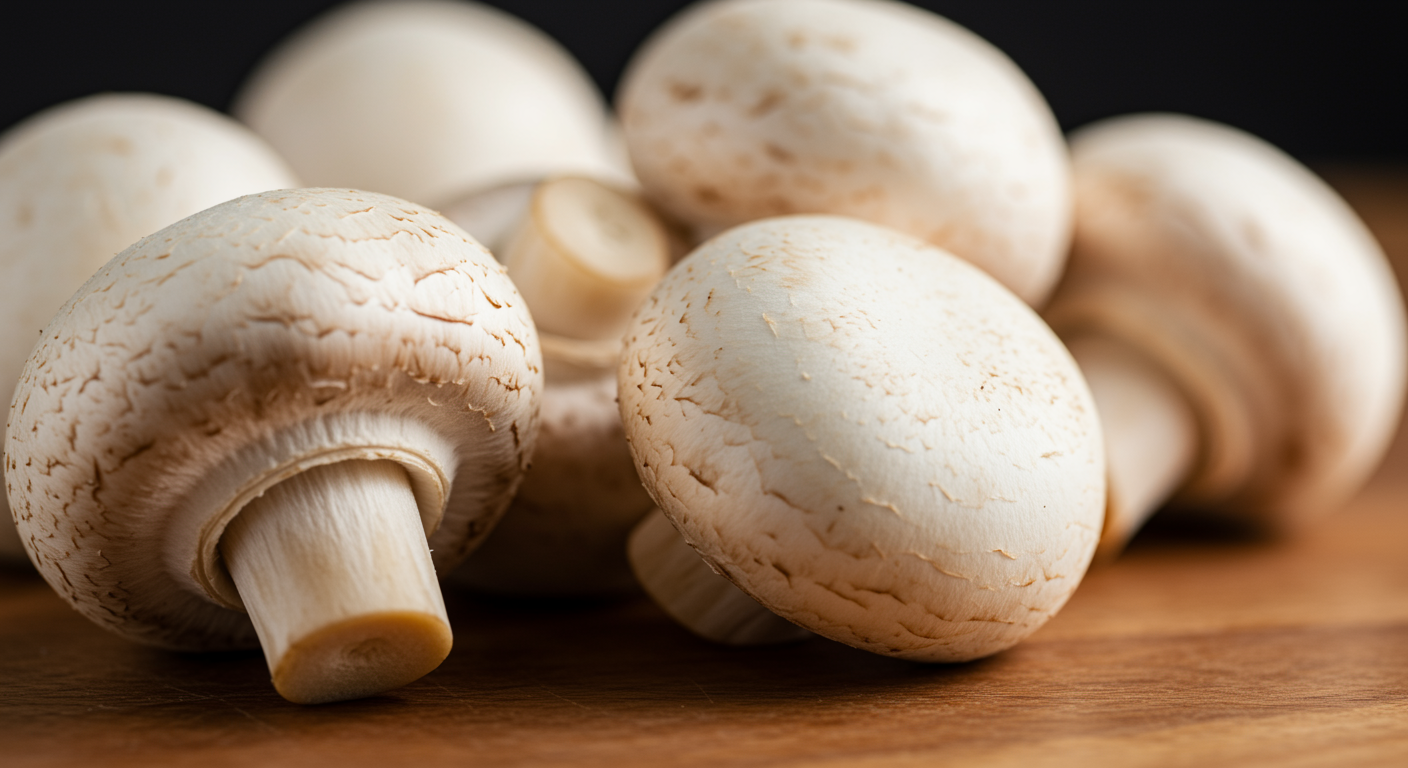
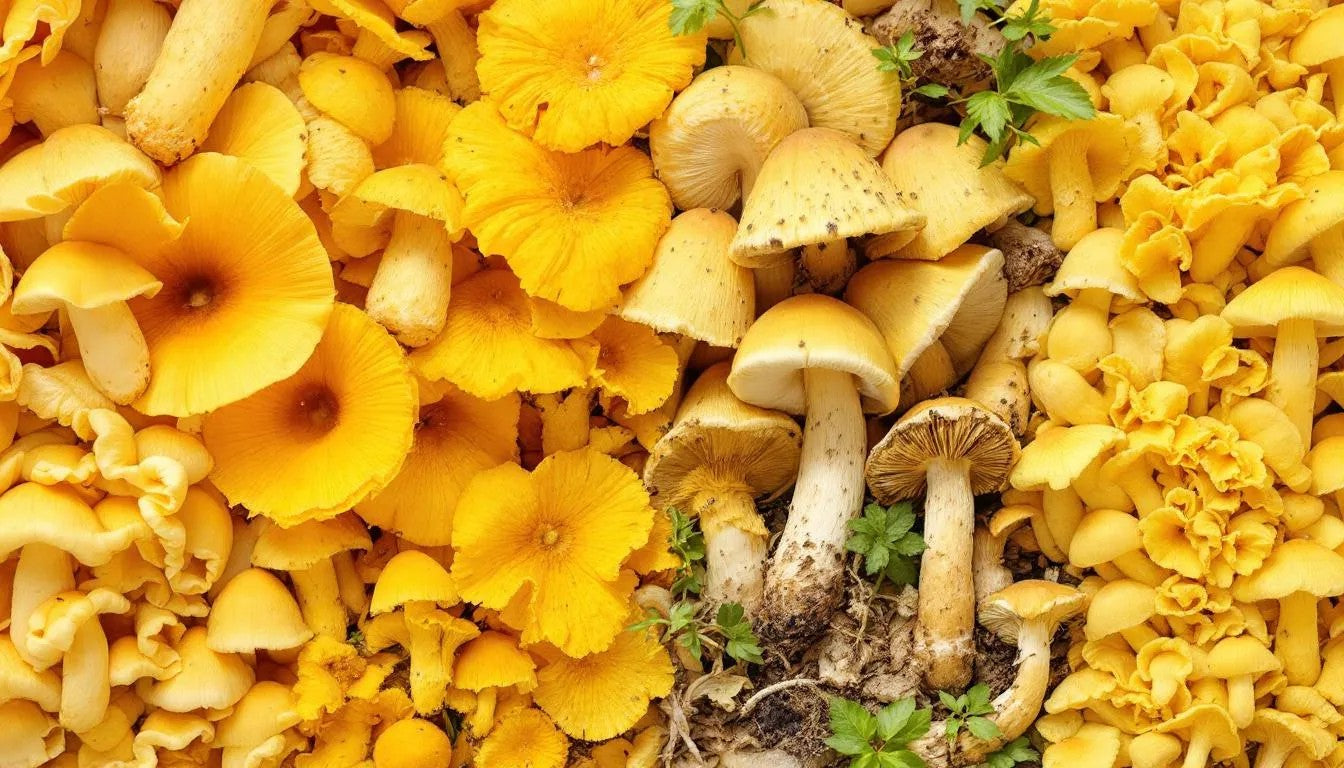
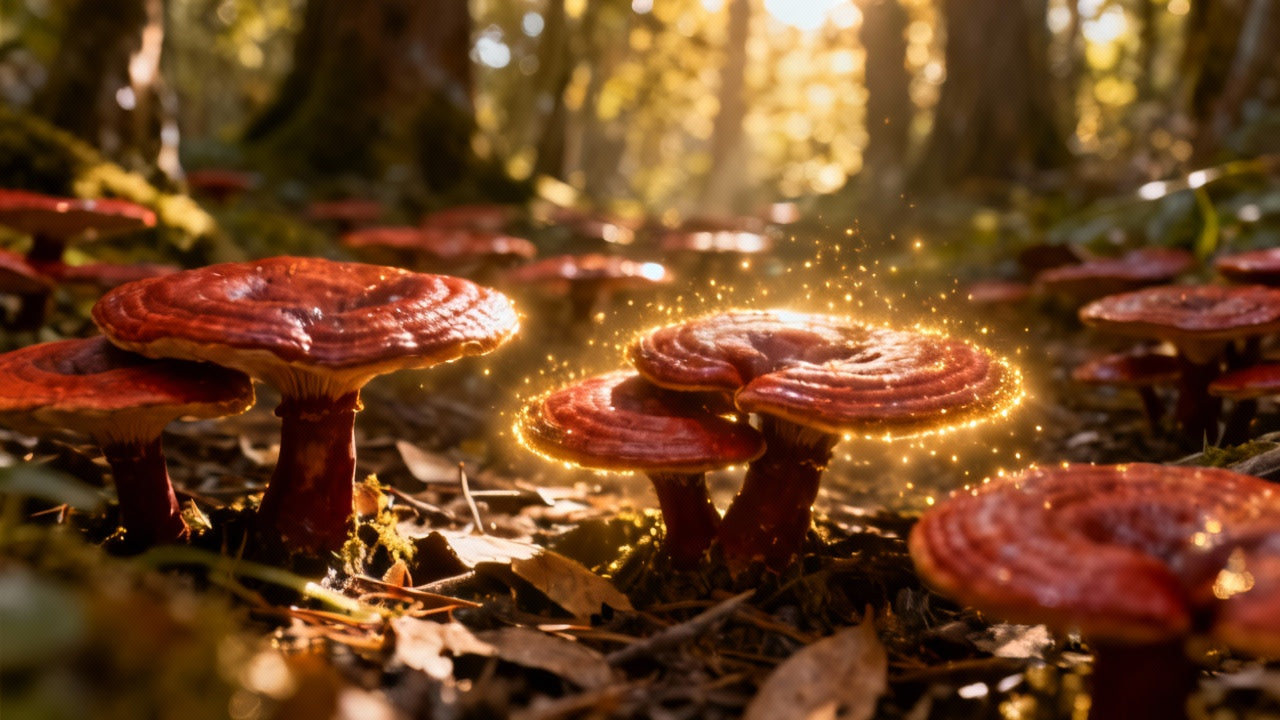
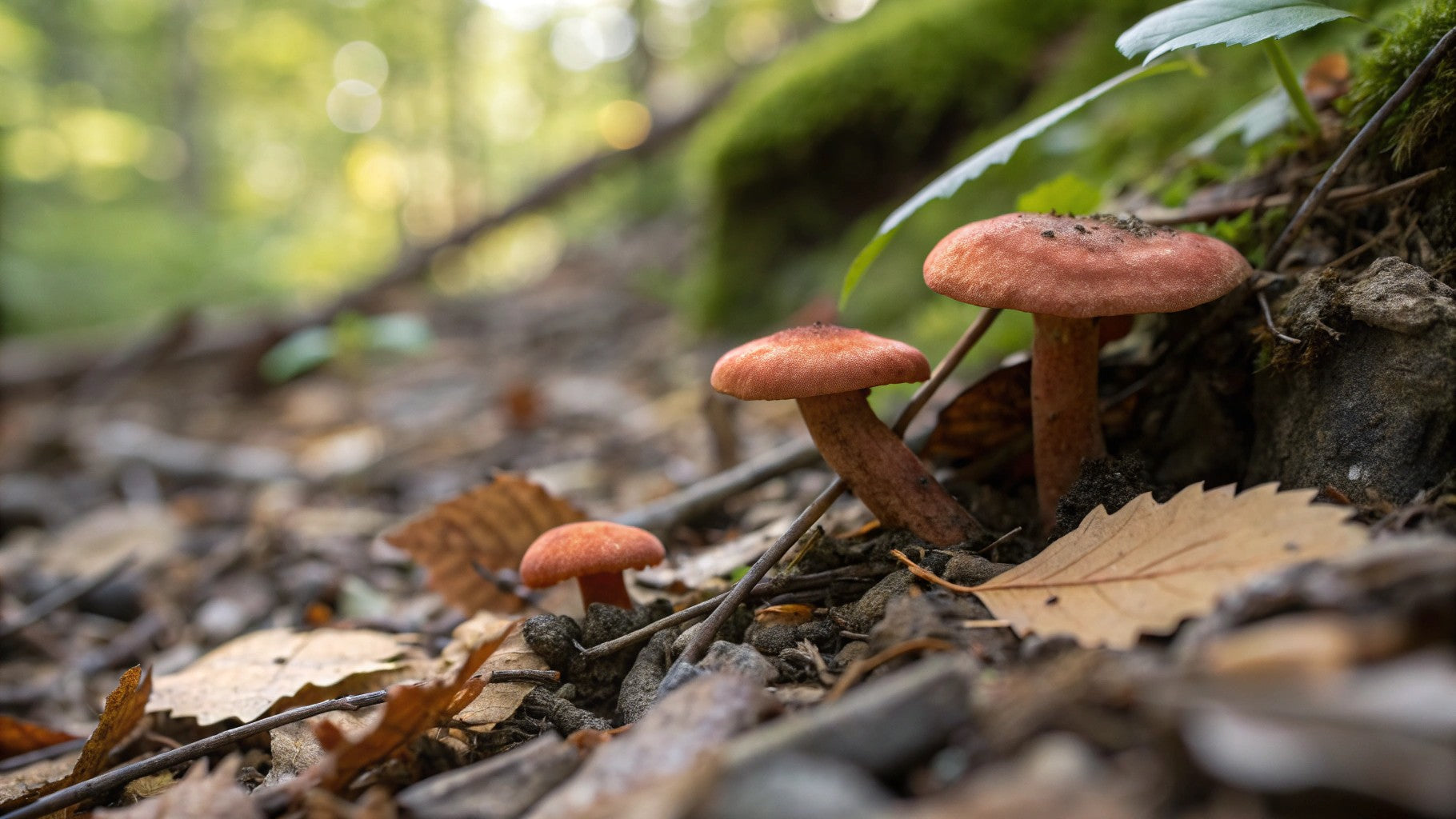
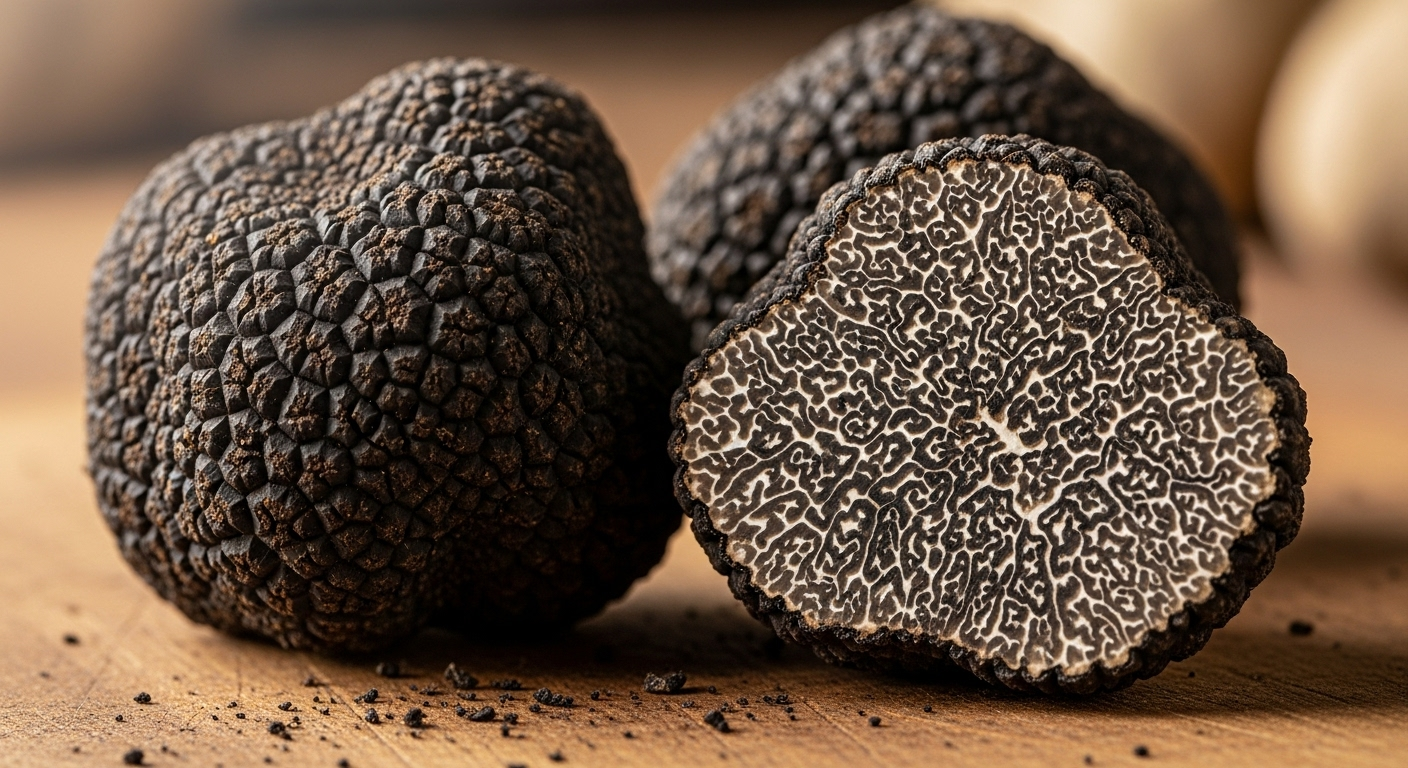
Share:
Raising Morel Mushrooms: A Complete Guide for Enthusiasts and Home Growers
Morel Mushroom Seeds: A Gardener's Delight